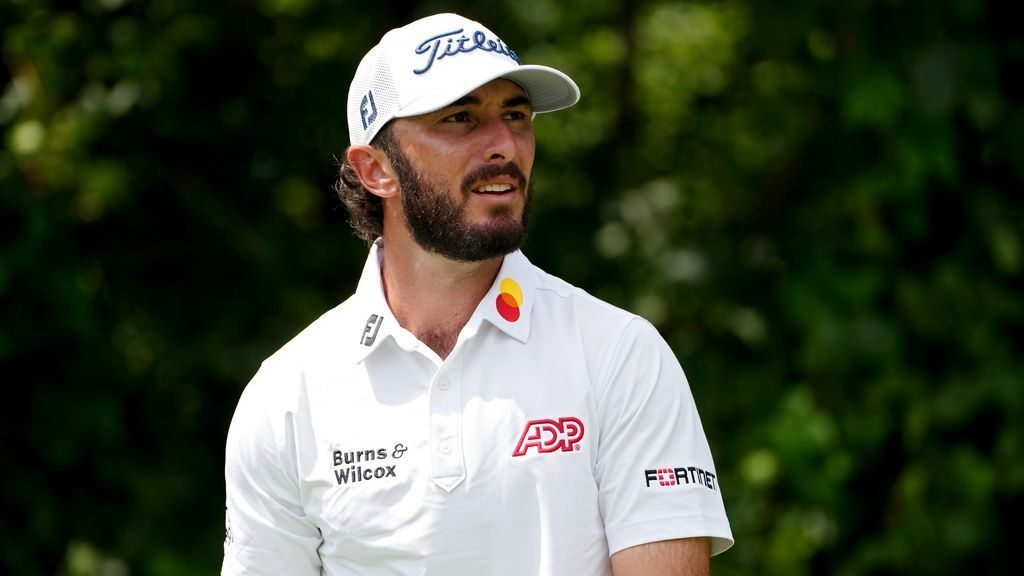
Take a look at the highest of the leaguewide standings and also you’ll discover each kinds of elite groups: First, the Braves, an all-conquering, all-chewing-up-and-spitting-out mix harvester that sits atop the standings. After them: an Orioles membership that’s outplaying its Pythagorean report by eight video games.
That’s to not take something away from the Orioles, who’re dogwalking the toughest division in baseball due to a dizzying assortment of proficient younger hitters and the most effective bullpen within the sport. In addition to, they don’t ask how — they ask what number of. However that is one more reboot of a basic from the technology prior; in 2012, the O’s romped to the playoffs with a 93–69 report and the run differential of an 82–80 workforce. Now they’re doing the identical factor, with Félix Bautista as Jim Johnson, Gunnar Henderson as Manny Machado, and Kyle Bradish as… Wei-Yin Chen, I suppose?
It’s not simply the Orioles: the Marlins (minus-37 run differential) are beating the Cubs (plus-62) to the final Wild Card spot. The Brewers are 10 video games over .500 with the run differential of a .500 workforce. Yearly, it looks as if a low-payroll workforce with a superb bullpen smashes its anticipated report to smithereens and barges into the playoffs. Is there an precise sample right here, or is that this simply trivia?
Since 2001, 83 groups have outplayed their Pythagorean report by 5 wins or extra. No one did it final yr, nevertheless it’s occurred in each different season of the pattern, together with 2020, when the Marlins beat their run differential by 5 wins in a 60-game season, and this yr, because the Orioles are up by eight, the Marlins by six, and the Brewers by 5. (All stats are present via Tuesday.) Positive sufficient, all three groups are recidivists; the 2018 and ’20 Marlins, the ’12 and ’16 Orioles, and the ’11, ’18, and ’19 Brewers all seem on the record. These three franchises account for 12% of the record and practically 1 / 4 of the entries since ’11.
We have a tendency to think about these groups as flukes, and generally that’s true. Different occasions, as is the case with the 2001 Mariners or 2004 Cardinals, beating the run differential elevates an already nice workforce to a different degree.
How do you get extra wins than your run differential would predict? Effectively, you must make the runs scored rely for extra. The primary place to look is a lopsided report in one-run video games; certainly, this yr’s Orioles, Marlins, and Brewers all have higher information in one-run video games than they do total. The Marlins are on a 115-win tempo in one-run video games and a 70-win tempo in any other case. Of the 83 groups to go plus-five wins up to now 23 seasons, 77 have had a .500 report or higher in one-run video games.
It’s not nearly breaking even in one-run video games, although; it’s about getting additional over break-even than in different video games. However whereas there’s a correlation between a excessive win proportion in one-run video games and a workforce overperforming its run differential, at the very least on this biased pattern, that correlation isn’t notably robust:

Going via the 83-team pattern manually, the factor that stands out, from a remembering-some-guys perspective, is that so many of those groups are recognized with nice bullpens and even nice particular person closers. The killer mid-2010s Royals bullpens present up right here. Six Mariano Rivera groups are on the record. The Twins beat their run differential by 5 runs or extra three years operating from 2002 to ’04, when their closers have been Eddie Guardado and Joe Nathan. Total, of the 83 groups within the pattern, 43 had bullpens that have been high 10 within the league in WAR as a unit.
WAR, nonetheless, is a context-independent stat, and beating the workforce’s run differential isn’t about accumulating worth; it’s about distributing it in the suitable locations. Since 2001, the workforce with the most effective bullpen in baseball (in keeping with WAR) has overwhelmed its anticipated report by 5 wins or extra thrice. The no. 2 bullpen has executed it six occasions, the no. 3 workforce has executed it seven occasions. However when you measure by win chance added, the no. 1 bullpen in baseball has gone plus-five over its anticipated report 13 occasions. By WPA, 38 of the 83 groups on this pattern had top-five bullpens within the league.
What these groups tended to have in frequent was that they ranked larger in WPA than in WAR. Fifty-four of the 83 groups had a greater league rating in bullpen WPA than bullpen WAR. And whereas aid pitchers chalk up WPA within the highest-leverage spots — i.e., the place one run counts essentially the most — the ratio is nearly precisely the identical for place gamers: 55 out of 83 groups had a greater place participant WPA than WAR.
Plus-5 Win Groups by League Rank
Workforce
Bullpen WAR
Bullpen WPA
Pos. Participant WAR
Pos. Participant WPA
MIL
17
1
19
24
BAL
1
4
14
5
MIA
10
16
22
15
The Orioles are following the obvious path to beating their run differential: an excellent bullpen and a place participant group that’s at all times respectable however particularly good within the clutch. The Brewers, hilariously, have a below-average bullpen total however the no. 1 bullpen WPA in baseball. Having Devin Williams and Joel Payamps, together with an honest thought of who your mop-up guys are, could have that impact.
With that mentioned, I’ve completely no thought how the Marlins are doing what they’re doing. Good luck to them.
Whether or not a workforce outperforms its run differential is a matter of trivia. It solely issues if the workforce in query makes the playoffs. And since a discrepancy between report and run differential can occur wherever within the standings, that isn’t at all times the case. Out of the 80 groups on the record whose fates have already been decided, 18 made the playoffs as a result of they outperformed their run differential:
Plus-5-Win Groups’ Fates
Actual Life
Utilizing Pythagorean Document
48
32
30
50
This could result in some unhealthy beats within the playoff race. In 2005, the most effective run differential within the AL belonged to Cleveland, who missed the playoffs when three of the 4 spots out there went to groups that beat their Pythagorean report by 5 wins or extra. Amazingly, if the 82–80 Padres had performed all the way down to their run differential, they nonetheless would’ve earned a one-game playoff with the second-place Diamondbacks, who completed 77–85. Or how about this one: the Mariners are accountable for the largest overperformance of a run differential since 2001 (14 video games in 2021), three of the ten greatest overperformances, and 4 of the largest 15. None of these overperformances resulted within the Mariners making the playoffs.
A few surplus wins also can have a deleterious impact on the franchise. Final decade, three groups in a row — the 2015 Braves, the 2016 Phillies, and the 2017 Padres — had a run differential unhealthy sufficient to offer them the worst report in baseball, and by extension the highest choose within the following yr’s draft. However all three groups have been so fortunate and/or clutch that they performed themselves out of that choose. The Padres have been 12 video games higher than their run differential in 2017, dropping them from first within the draft all the way in which to seventh. (The Padres are at present underperforming their run differential by a league-high 9 video games. If they may use their Pythagorean report, they’d be within the first NL Wild Card spot.)
Not that that’s any comfort to the Padres, who’re getting the improper finish of run differential variance for the second time in six seasons. Perhaps they need to look into buying and selling for the Marlins’ luck.


















